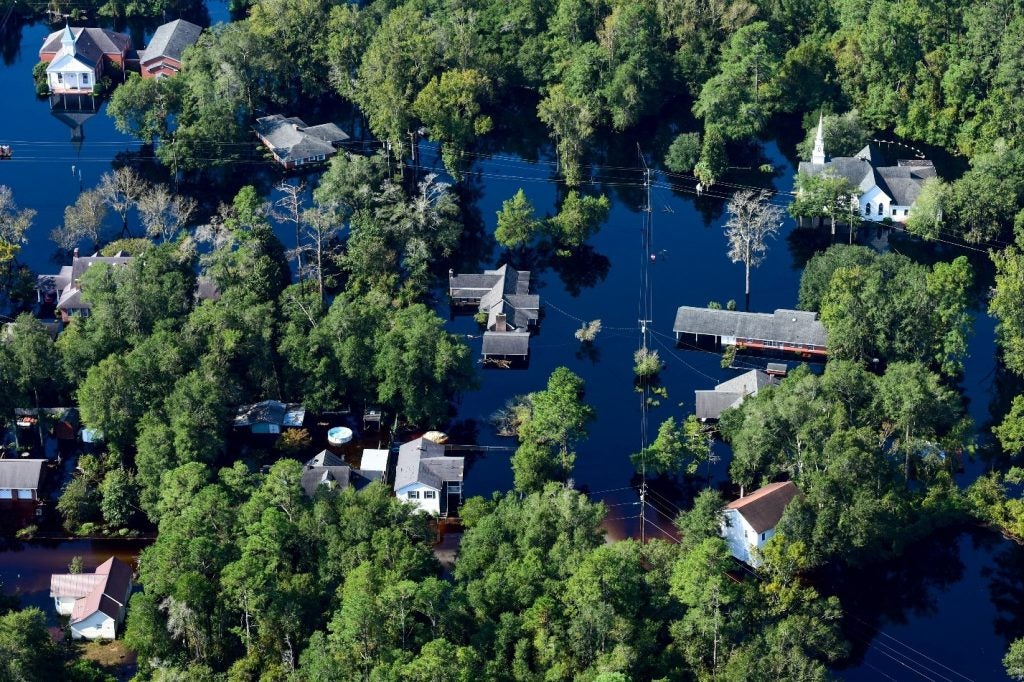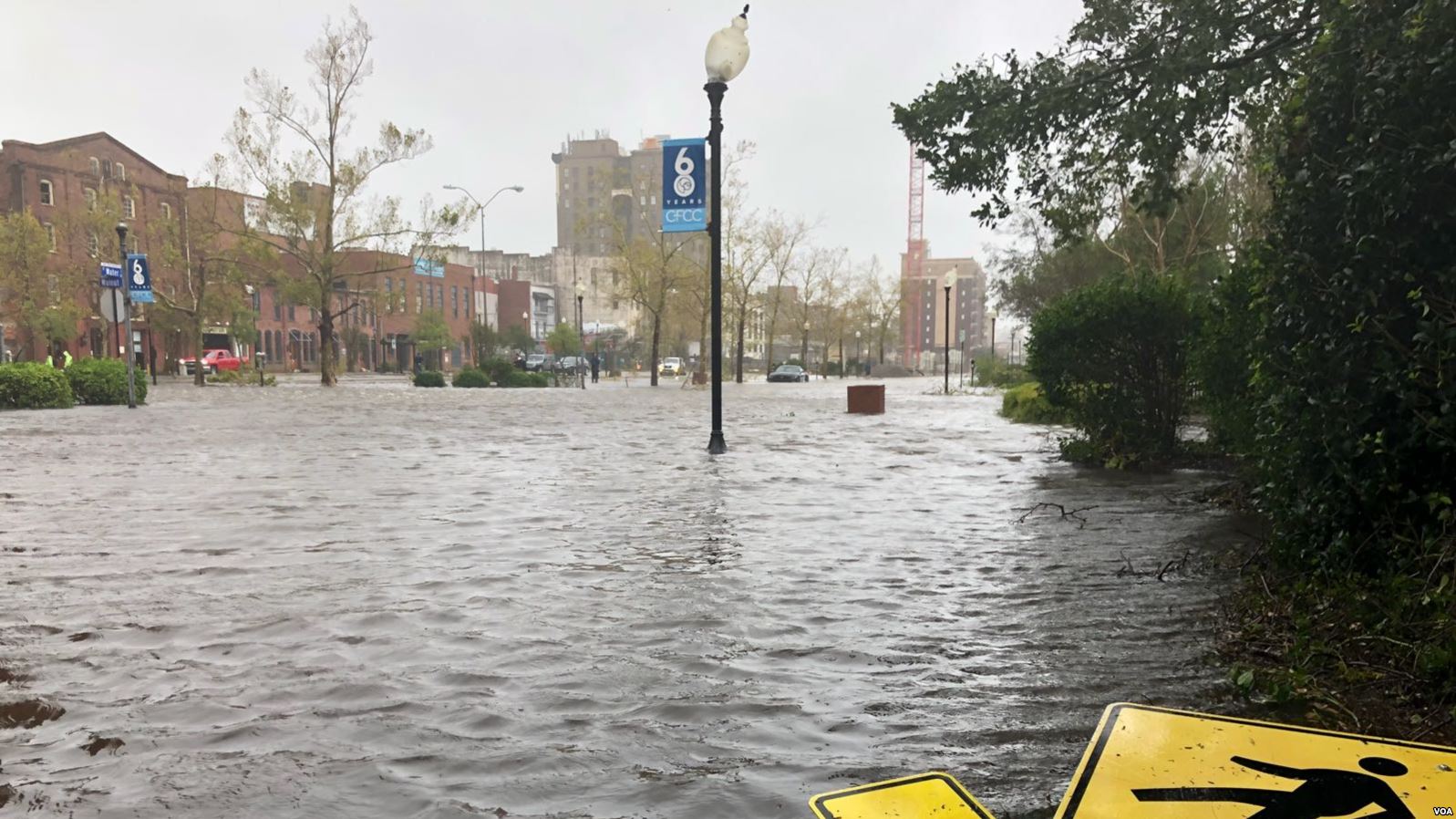4 ways North Carolina’s Legislature can build lasting flood resilience
As North Carolina continues to recover from a string of flooding and storm disasters, legislative leaders have recognized the opportunity for the state to not just recover from recent storms but to rebuild better before the next disaster.
This week, Environmental Defense Fund released a white paper [PDF] recommending four specific policy actions that would better protect residents and businesses from more severe flooding, create jobs and increase climate resilience.
These four policies will also help the state better compete for federal funding, build capacity within communities and equitably align solutions for those who are disproportionately impacted by disasters.
1. Create a holistic plan in the North Carolina flood resilience blueprint
Climate change is already driving more intense flooding across the state through both hurricanes and non-tropical extreme rainfall events. In North Carolina, flood risk extends well beyond the coast. During Hurricane Matthew, 92% of damage to businesses occurred in inland counties.
North Carolina needs a holistic, watershed approach to address flood risk. A statewide flood resilience blueprint would coordinate state and federal investments while connecting science and modeling to the priorities and needs of local communities.
The North Carolina Legislature should authorize and fund the development of a statewide flood resilience blueprint starting with the Coastal Plain, including the recently impacted Cape Fear and Neuse river basins.
2. Increase access and equity through a resilient communities program
Too many communities lack the capacity and resources to address their known flood risks. This lack of resources often occurs in the highest risk areas that are also home to traditionally underserved communities and communities of color, such as in Raleigh’s Walnut Creek watershed and the town of Princeville.
North Carolina must build capacity and provide technical assistance to the communities most at risk from flooding and provide adequate resources and opportunities for them to design and implement projects that reduce these risks.
The Legislature can increase local capacity by funding a resilient communities program. This program would provide technical assistance and support for communities to develop flood resilience projects and allow the state to compete more effectively for federal dollars, such as through FEMA’s Building Resilient Infrastructure and Communities grant program.
As North Carolina continues to recover from a string of disasters, legislative leaders have the opportunity to help the state not just recover but rebuild better before the next disaster. Here's how: Share on X
3. Advance natural infrastructure to reduce risk and create jobs
Natural infrastructure, such as stream and wetland restoration, is a critical solution for reducing flood risk, while also creating local jobs and economic growth.
Last year, the Legislature expanded the North Carolina’s Division of Mitigation Services to create an innovative program to engage the private sector to implement natural infrastructure and nature-based flood mitigation projects.
The Legislature can build on this momentum by funding the Natural Infrastructure Flood Mitigation program to deliver flood reduction projects. Beginning with a demonstration in the Stoney Creek watershed in Wayne County, this program will provide a foundation for expanding natural infrastructure flood mitigation projects to additional watersheds across North Carolina and allow the state to be more competitive in securing federal funding for natural infrastructure.

4. Reauthorize and elevate North Carolina’s resilience office and chief resilience officer
The Legislature established the NC Office of Recovery and Resiliency in 2018 to coordinate state agencies’ responses to the aftermath of devastating, back-to-back hurricanes. The office created partnerships with stakeholders, securing $1 million in federal funds to build community capacity.
While other state resilience offices have a legislative mandate, North Carolina’s does not. Without reauthorization, the office will expire, hindering the state’s ability to address flood and climate challenges holistically.
The Legislature should permanently authorize and fund the resilience office, led by a chief resilience officer, to develop, implement and maintain the statewide resilience plan and flood resilience blueprint in coordination with federal, state and local government agencies, stakeholders and communities.
In advancing these policy recommendations, North Carolina’s leaders would put the state on a path toward lasting resilience. EDF and partners will make the case in the months ahead for why these recommendations, which you can read in full here [PDF], are critical.











